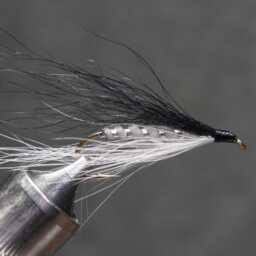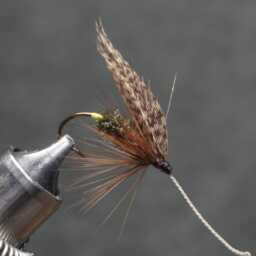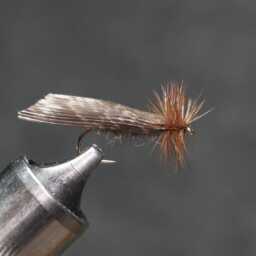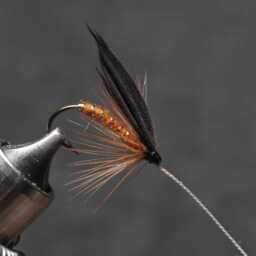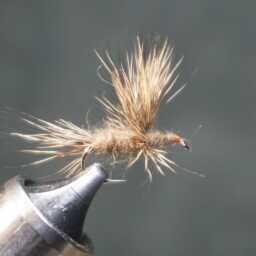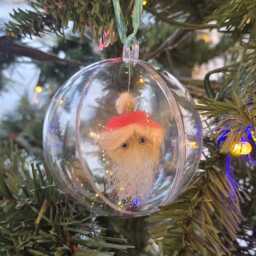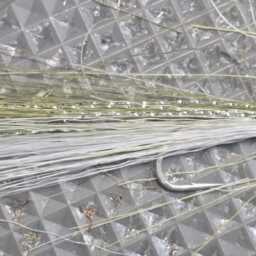Not widely used in fly tying. When used it’s primarily for small soft hackles.
The mynas, part of the starling family (Sturnidae), are passerine birds native to Southern Asia, particularly India, Pakistan, Bangladesh, Nepal, and Sri Lanka. While originally from this region, various species, notably the common myna, have been introduced to locations like North America, Australia, South Africa, Fiji, and New Zealand, contributing to their status as invasive species.
Mynas, not forming a natural group, are a term broadly applied to any starling in the Indian subcontinent, irrespective of their evolutionary relationships. The colonization of this range occurred twice in starling evolution, first by ancestral starlings linked to coleto and Aplonis lineages, and later by birds related to the ancestors of common starlings and wattled starlings. The latter group of mynas exhibits terrestrial adaptations, less glossy plumage (except on the heads), and longer tails. The critically endangered Bali myna stands out as highly distinctive.
Some mynas showcase remarkable talking abilities, capable of reproducing sounds, including human speech, when in captivity. The term “myna” is derived from the Hindi word “mainā,” itself originating from Sanskrit “madanā.”
Medium-sized passerines with robust feet, mynas exhibit strong and direct flight, preferring fairly open country habitats where they feed on insects and fruit. Their plumage is typically dark, often brown, with some species featuring yellow head ornaments. Most myna species nest in holes, and certain ones, like the common hill myna, are renowned for their impressive imitative skills.
« Back to Glossary Index
